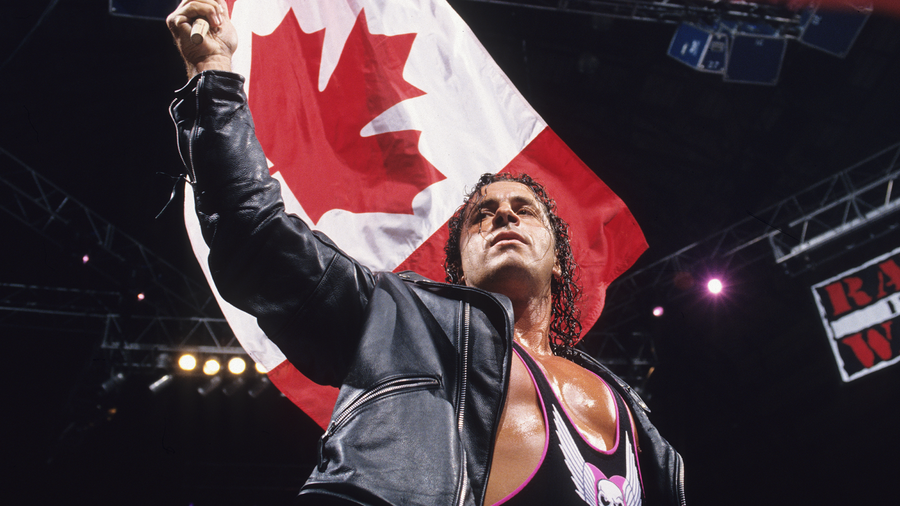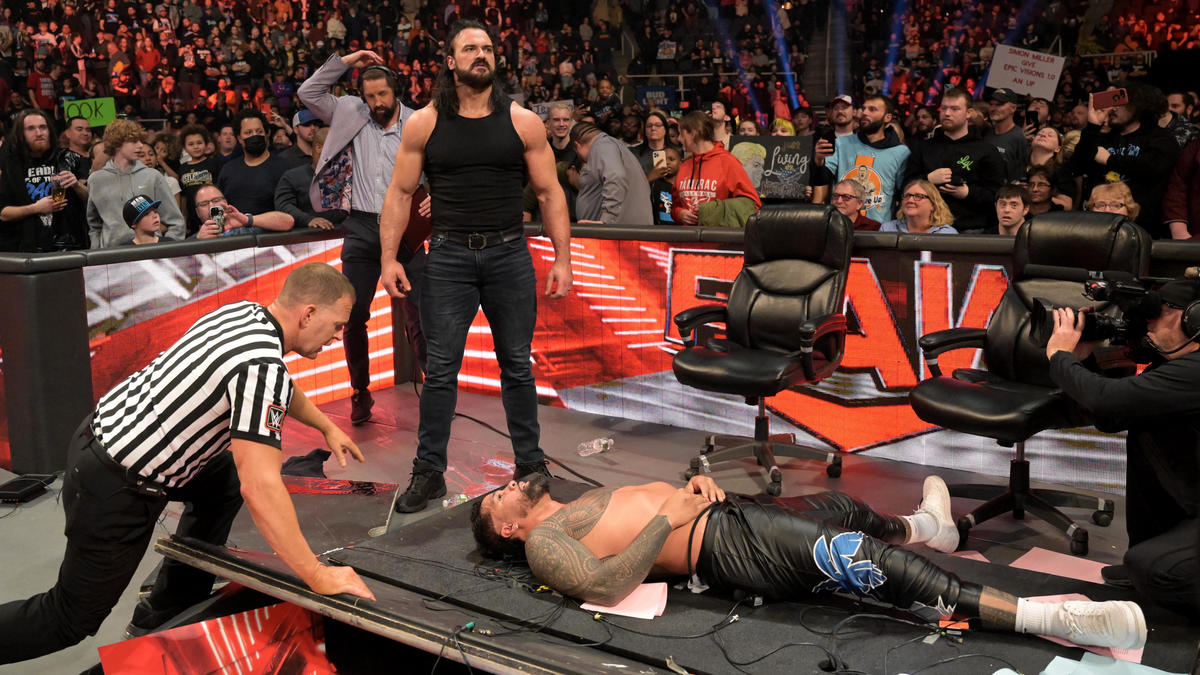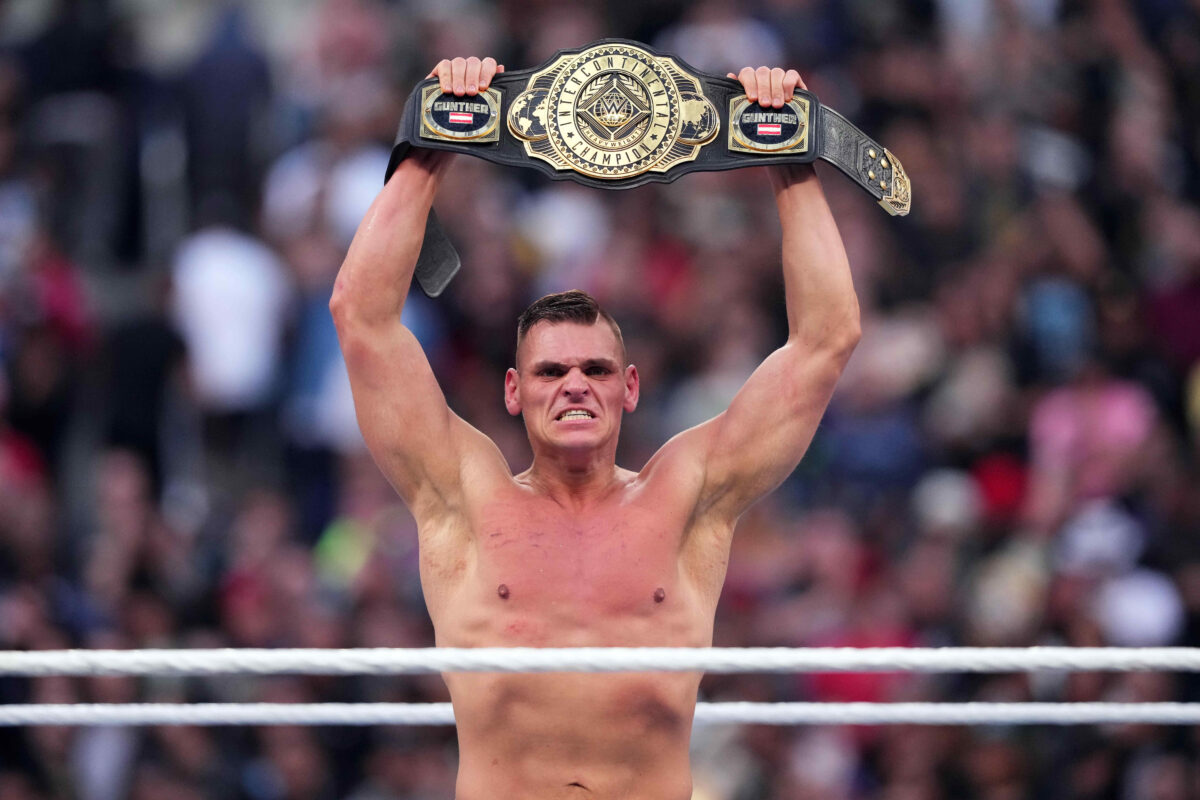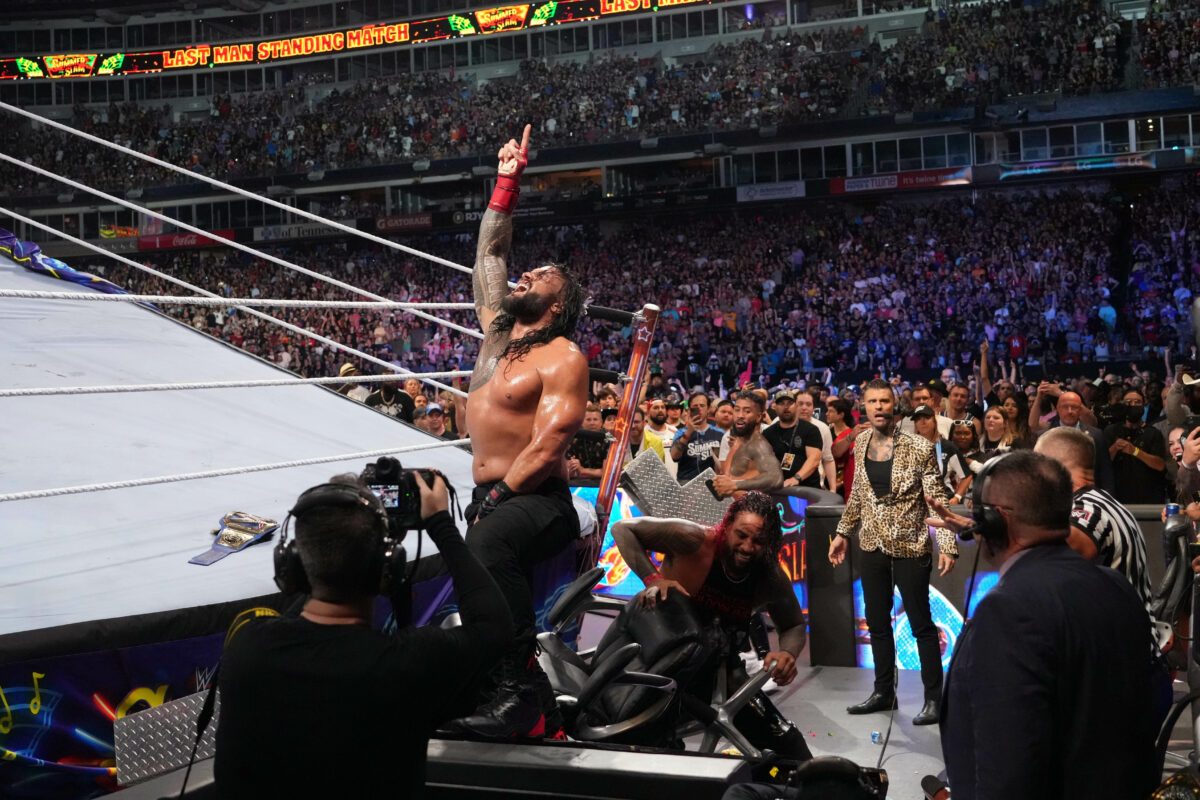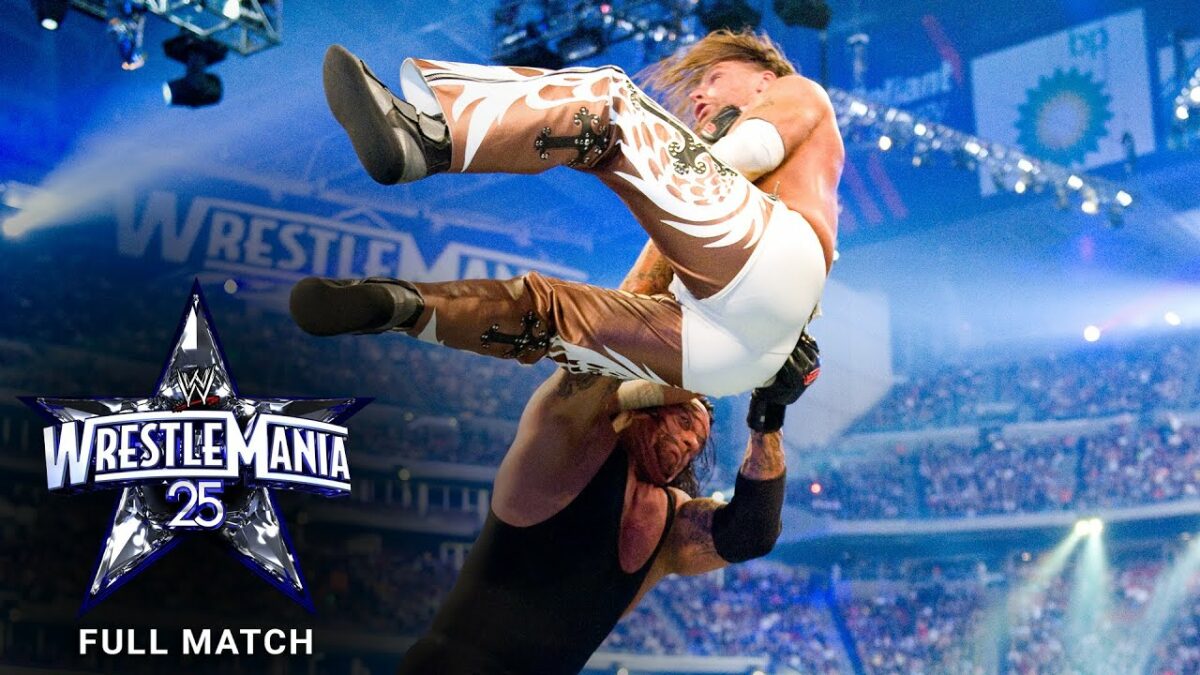Contrary to popular belief, Bret Hart does like some aspects of modern pro wrestling.
You just might never know it because the 66-year-old Hitman spends a lot of time telling anyone who will listen how it was better when he was the Excellence of Execution. Hart is definitely not someone who believes in the “if you don’t have anything nice to say, don’t say anything” philosophy.
But Hart clearly keeps up on the business today and does have his favorites, one of whom is WWE Women’s World Champion Rhea Ripley. In an interview this week with Fox Sports Australia, he gave Mami his seal of approval.
I really like her a lot. I really like her poise, her staying in character and sort of living her – she seems like she’s adapted a character that’s fun to play, and she’s playing into that, full tilt.
She’s putting that realism into it; that’s what I miss in a lot of wrestling today, just making it feel more real, and she makes it feel pretty real all the time.
That’s high praise from the Hitman, as one of his pet peeves is that he believes so much of pro wrestling circa 2024 does not look real. The difference between what he did in the ring and what he sees today is that his version of pro wrestling didn’t look so choreographed ahead of time.
And I think it’s starting to stand out now where it’s like – in my honest opinion, without trying to sound too boastful, they’ve pulled the curtain back on wrestling so much. So now we know the whole thing’s a show, and they’re just really good physical actors, and that is what it is.
But you watch my wrestling and you go, jeez, he was the best. I think I made it look more real than anybody all the time. I made your stuff look good, I made my own stuff look good, nothing looked rehearsed. There’s so much I think in today’s wrestling that’s so badly rehearsed, over and over.
He’s not talking about just aerial maneuvers or “flippy” moves as some derisively call them (though he’s not super fond of all of them either), but even the most basic holds, invoking the name of one of the biggest WWE stars of all time in his disdain.
I was a technical wrestler that made you, you know, when I put a headlock on, it look like a real headlock. Not like John Cena or somebody that’s got a headlock that looks like he has it on a tire. The headlock has to be tightened – real. You know, I that’s what I pride myself on. And I also pride myself on the fact that I never injured anybody, ever.
John Cena catching strays there, as they say.
Some of what Hart says always comes off like the proverbial old man yelling at a cloud. Yet his respect for his opponents is unquestionably admirable, and his pride in his safety record.
Of course it wouldn’t be a Bret Hart rant without invoking the name of the man who once injured him in a match, Goldberg. Hart says pro wrestlers shouldn’t be all that hurt once they finish a match because their opponents should be doing all they can to ensure they’re fine.
If they don’t, well, you can see where this is going.
In my understanding of pro wrestling, anytime anyone does anything to you that hurts, for real – chopping, putting blisters on your chest when you go to your room or bed, anytime anyone does things to you for real, they’re in the wrong business. They’re doing it wrong. Because you’re not supposed to get hurt. You’re not supposed to come back to your dressing room that night, or to your hotel room and have a big lump on your head and a black eye and your teeth are knocked out. That’s Bill Goldberg wrestling. That’s not how it’s done.
Never change, Hitman.
